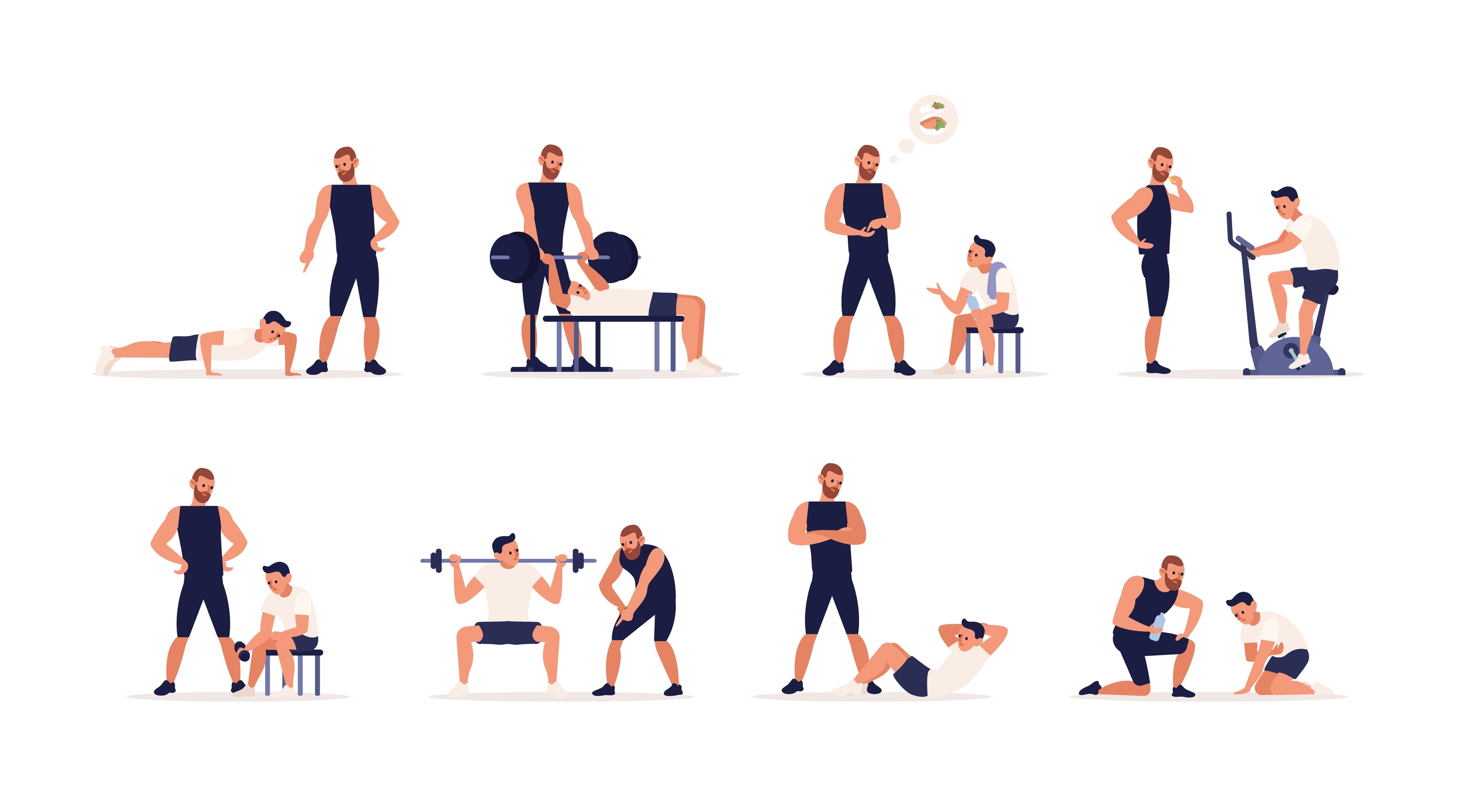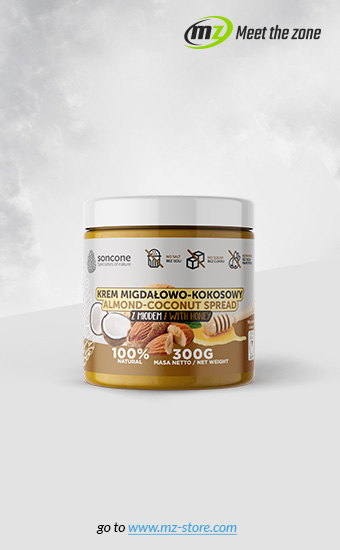By using strength trainings, we have certainly repeatedly encountered a variety of theories on how to achieve the desired results in the fastest and most effective way. Many of these opinions, although they have no scientific justification and are erroneous, enter the colloquial knowledge. Today, we'll be focusing on the three popular myths about strength training.
MYTH 1 Growth of muscles requires differentiation of exercises

For a long time, the rule was in force, saying that only through varied exercises we are able to increase muscle mass. It has now been proven that while diversity is important in diet, exercise and training - not necessarily. Each training plan should be determined individually for a specific person and it is not always appropriate to change it from time to time.
Trainings based on complex exercises engage many muscle groups and act on the muscles at different angles, therefore it is unreasonable to claim that it was necessary to introduce new exercises on unused parties. In fact, in the case of training based on isolated exercises, it may be necessary because the muscles can get used to the effort. Still, such a necessity will be motivated by the preservation of versatile muscle mobility, not by the fact that the increase in muscle mass will be inhibited.
Muscles that are subjected to systematic work, additionally have time for regeneration and which provides the building material in the form of appropriate diet components, will grow, regardless of what form of exercise we choose. However, in order to be able to control this increase, to consciously develop our body and be sure that we care about it correctly, we should think carefully about the choice of training.
MYTH 2 - You should focus on isolated exercises
Isolated exercises are not necessary to achieve a dream figure. There are trainings that focus only on performing complex exercises, which means simultaneously engaging several muscle groups, totally giving up isolated exercises.
Compound exercises are the basis for building muscle mass. Isolated, used in the right way, may support this increase, but it is not necessary. Often the consequence of using exercises is excessive fatigue and overtraining as well as numerous injuries. Fanatics of these exercises often can not determine when the initial fatigue occurs, and when the overload is already close. They're getting "one more series" and it ends up badly for the whole body.
The multi-joint exercises involve the muscle part evenly and help to determine the level of fatigue in an easier way. They increase the body's awareness and cause a greater release of hormones that stimulate the growth of muscle tissue.
MYTH 3 The higher the intensity - the better
Exercises in training should be adapted to the individual training possibilities, taking into account its condition, diet, experience and lifestyle. Concluding that twice as long a training has twice as fast to achieve the intended effect is just as reasonable as believing that twice as large portions of food will make us twice as long. The human body does not work this way.
The old bodybuilding school taught that the most important thing in body shaping is training to the so-called muscle breakdown. The trainer was forced to perform the maximum number of repetitions she was capable of. Since then, however, a lot has changed. The development of sports medicine and knowledge of the physiology of athletes corrected these erroneous claims. Currently, it is known that training over strength leads only to overloading the body and injuries, which often exclude for a very long time. Remember that muscle mass increases during post-workout regeneration - especially during sleep. To spend the night at the expense of longer training is the most unreasonable thing we can do for ourselves.

MYTH 4 To grow muscles, you have to go to gym everyday!
That's so wrong! As we stated before, your muscles grow when you rest. and you can even lose some muscles if you overtrain yourself (over excessive muscle breakdown called muscle catabolism will occur). So, you have to be rest to go on training. Old school of training didn't know that. Two trainings a day, enormous number of sets on every training, few hours on every training session - that's not the way. You can achieve the same effects in much shorter, and definitely more pleasent way.
So, you should spend at last 2 hours on the gym when you are on training. If you spend more time - probably you are spending too much time on talking and using your phone rather than on training!
MYTH 5 You can grow muscles only on split - or brosplit theory
At monday you have to do chest and arms training, at wednesday legs, at friday you are doing your back... Sounds familiar?
Split trainings are also a base of old-school training. Beliefs, that you have to train every part until muscle breakdown, and then let it be like that until the next training to let it grow... it's completly wrong.
Fortunately, FBW trainings have upper hands right now. Full Body Workouts are trainings on which you are training your whole body at every training, rather than exercising only one part of your body per training. You can train 3 times a week and grow more muscles and achieve more strength with doing 4 exercises on every training. Splits training could have even several dozen of exercises - it's harder to rememeber what to do on the gym, rather than do it actually. FBW trainings are easier, faster and more convenient. Unfortunately, they are harder to do - it's harder to make a high intensive squat set, rather than push some kettles over you head.
Splits should be reserved for professional adepts of gym. Here you have to stimulate your muscles more to give them impact to grow. But if you are just starting your journey at the gym - split training is just a waste of time.






